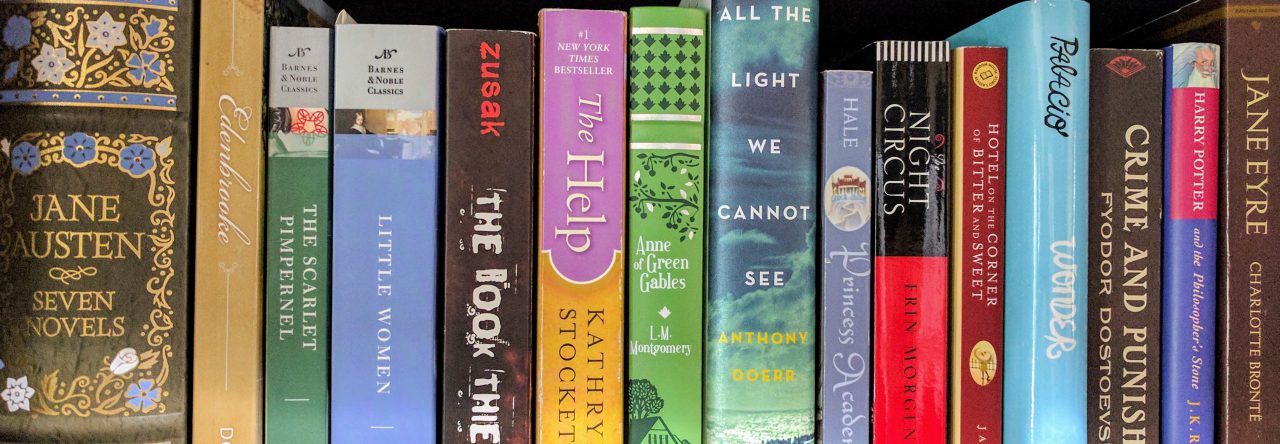In rare circumstances, I know of a movie before I know of the book. The Princess Bride is one of those cases. I’ve seen and loved the movie for years, but it was recently that I learned it’s also a fun book. When my mom read it for a recent book group, I decided to give the book a try.

If I were to describe this book in one word, it would be clever.
Author William Goldman creates an entire reality in which he is “abridging” a longer work by S. Morgenstern. He claims to have bought the book for his son because he himself loved it as a boy, but his son can’t get through the second chapter because of a long, boring monologue on Florin history. Goldman realizes that his father, who would read the book to Goldman as a child, would only read the “good parts” to him. So Goldman decides to abridge this classic tale. Throughout the novel, he includes italicized asides explaining what he has cut and fun little stories about Morgenstern. Initially, it’s easy to go along with Goldman’s scenario of the abridgment. But it’s all made up.
Morgenstern never wrote a classic tale. There is no abridgment. But the premise is certainly clever.
Florin and Gilder are placed within the confines of a medieval Europe–seeking power and fighting wars. Placing these small countries within a potentially “real” setting creates a more compelling story. As I have mentioned before, I dislike the “worldwide conspiracy twist” in order to explain how the plot ends. The Princess Bride does not do this. Instead, it works within a more believable setting. This gives readers a sense of history as well as fiction. Perhaps in a long ago time, happy ever afters were real and once upon a time is how true events began.
Prince Humperdink, the great hunter, prepares to wed Princess Buttercup–the most beautiful woman in the world. Buttercup has become all the most beautiful because of her heart of stone–carved after the lose of her one true love, Westley, at the hands of pirates near America. She decides never to love again. However, on the evening of the betrothal, Buttercup is kidnapped by (you guessed it) a short Sicilian, an expert Spanish swordsman, and a gentle giant. They are pursued by the man in black who is not who they expect.
What surprised me the most about this book is how true the movie is to the novel. From the rhymes that Fesik and Indigo share with each other, to the characteristics of the fire swamp, to the nervousness of Magical Max, The movie truly captured the essence of the book. I wonder how my experience with the book would have been different in 1973 when it was first published. How would I picture these characters? What would Buttercup, the most beautiful woman in the world, look like to me? How would I picture the zoo of death and Humperdink’s castle? How would I create Max’s miracle pill and the storming of the castle in my mind?
Ultimately, I enjoyed this book. It is a fun read that leaves you smiling whether you loved the movie or are coming across the story for the first time. Ironically, what started to bother me were Goldman’s asides. At times, he cuts into the middle of the story and tells us about his experiences with the book as a child. Or he criticizes Morgenstern’s prose style. I actually prefer the movie version of the grandfather reading to the little boy. That makes the interruptions less awkward because the little boy, like the audience, is encountering the adventure for the first time.
The power of this story lies in it’s genre as a fairy tale adventure. It can grip audiences both old and young, male and female, lovers of adventure and lovers of love. And that ability makes this book a family classic.

Pingback: Top 10 Tuesday: First Reviews – greenish bookshelf
It’s a great movie and a great book! I think it’s time I revisited both of them. I enjoyed reading your review!
LikeLike
Thanks so much for stopping by! I was surprised by how true to the book the movie is. Both are classic!
LikeLike